Cholecystectomy
What is Cholecystectomy?
A cholecystectomy is a surgical procedure to remove the gallbladder, a small, pear-shaped organ situated just below your liver on the upper right of your abdomen.
Who is Suitable for Cholecystectomy?
A person may be suitable for a cholecystectomy if they have gallbladder problems that cannot be treated with less invasive therapies. These can include:
- Gallstones in the gallbladder (cholelithiasis)
- Gallstones in the bile duct (choledocholithiasis)
- Gallbladder inflammation (cholecystitis)
- Pancreas inflammation due to gallstones (gallstone pancreatitis)
- Gallbladder cancer
Benefits of Cholecystectomy
The primary benefit of cholecystectomy is the relief from the painful symptoms associated with gallbladder conditions like gallstones, gallbladder inflammation, and gallbladder cancer. These symptoms include severe abdominal pain, nausea, vomiting, and fever.
Removing the gallbladder can also prevent the recurrence of these problems. Once the gallbladder is removed, gallstones can no longer form or cause complications.
Types of Cholecystectomy
There are two primary types of cholecystectomy:
- Laparoscopic Cholecystectomy: This is a minimally invasive surgery with small incisions in the abdomen. This is the most common type of cholecystectomy due to its benefits of reduced pain, shorter hospital stays, and quicker recovery times.
- Open Cholecystectomy: In this type of surgery, a single, larger incision is made in the abdomen to remove the gallbladder. Open cholecystectomy is typically reserved for situations where a laparoscopic procedure may not be safe or possible, such as severe gallbladder disease, complications during a laparoscopic procedure, or prior abdominal surgery that leads to dense scar tissue.
Alternative Options to Cholecystectomy
Alternatives to cholecystectomy might include:
- Observation/Watchful Waiting: For individuals with asymptomatic gallstones, monitoring the condition without immediate surgery is an option.
- Medication: Oral medications can dissolve gallstones, but this approach can take months or even years to work and isn't as effective as surgery. Additionally, gallstones can recur once the medication is stopped.
- ERCP (Endoscopic Retrograde Cholangiopancreatography): ERCP is a procedure used to remove gallstones from the bile duct, but it does not remove gallstones from the gallbladder. Thus, it doesn't prevent the recurrence of gallstones.
- Gallbladder Drainage (Cholecystostomy): This procedure is used in people who cannot undergo surgery because of severe gallbladder infection or because they are seriously ill. A tube is inserted into the gallbladder through the skin to drain its contents.
- Extracorporeal Shock Wave Lithotripsy (ESWL): ESWL uses sound waves to break up gallstones. This treatment is less common because it's only useful for small, specific types of stones, and even when it's effective, the gallstones can recur.
What Happens During a Laparoscopic Cholecystectomy?
During a laparoscopic cholecystectomy, you'll be given general anaesthesia, meaning you'll be asleep and not feel any pain. Here are the typical steps of the procedure:
- Anaesthesia: After anaesthetising, a tube may be placed down your throat to help you breathe.
- Incisions: The surgeon will make several small incisions (cuts) in your abdomen.
- Insufflation: One of these cuts is used to insert a cannula (a small, thin tube), and your abdomen will be filled with carbon dioxide gas. This gas lifts the abdominal wall away from the organs below, creating a space where the surgeon can safely operate. This process is called insufflation.
- Laparoscope Insertion: The surgeon will insert the laparoscope through one of the incisions. A laparoscope is a long, thin instrument with high-intensity light and a high-resolution camera at the front. The camera will display the images on a screen, allowing the surgeon to see the inside of your abdomen.
- Surgery: The surgeon will then use specialised surgical instruments inserted through the other incisions to carefully separate the gallbladder from the liver and the bile duct. The cystic duct and the cystic artery supplying the gallbladder are identified, clipped with tiny surgical clips, and then cut.
- Gallbladder Removal: Once the gallbladder is separated, it's removed through one of the incisions. Sometimes, a special X-ray called a cholangiogram is done to look for gallstones or other abnormalities in the bile duct.
- Closure: The incisions in your abdomen are then closed with sutures or surgical tape. The gas in your abdomen is allowed to escape.
- Recovery: You are then taken to the recovery room for close monitoring as you wake up from anaesthesia.
- Hospital Stay: The procedure typiucally involces one nights stay in hospital.
The laparoscopic method is preferred over an open cholecystectomy because it's less invasive and usually results in a shorter hospital stay, less discomfort, quicker recovery, and smaller scars.
Cholecystectomy Recovery Plan
- Rest and Activity: Rest and take it easy for the first few days. Gradually increase your activity level as you feel able. Most people can return to normal activities within a week after laparoscopic surgery and a few weeks after open surgery.
- Pain Management: You'll likely be prescribed pain medication. Take it as directed by your healthcare provider.
- Wound Care: Keep your surgical incisions clean and dry. You'll be given specific instructions about showering and changing any dressings.
- Diet: Initially, you may want to eat a diet low in fat to give your body time to adjust to the absence of the gallbladder. Over time, most people can return to a normal diet.
- Follow-up: You'll have a follow-up appointment with your surgeon to check your recovery progress, remove stitches if necessary, and address any concerns.
Always promptly report any signs of infection (such as redness, swelling, pus at the incision site, or fever), severe abdominal pain, or other concerning symptoms to your healthcare provider.
Cholecystectomy Prognosis
The prognosis after cholecystectomy is generally very good. Most people experience relief from symptoms and can return to their normal activities after recovering from the surgery. It's possible to lead a healthy life without a gallbladder, as the liver can still produce bile to aid digestion.
Cholecystectomy Risks
As with any surgical procedure, cholecystectomy comes with certain risks, including:
- Infection: There's a risk of wound infection or infection within the abdomen, known as peritonitis.
- Bleeding: While uncommon, there's a risk of bleeding during or after the surgery.
- Bile Leak: Bile can leak into the abdomen from the tubes that carry it from the liver to the small intestine, causing pain and potentially leading to infection or other complications.
- Injury to the Bile Ducts: There's a small risk that the bile ducts, which carry bile from the liver to the small intestine, can be damaged during the surgery. This can lead to long-term complications and may require further surgery to correct.
- Injury to Surrounding Structures: There's also a risk of injury to surrounding structures such as the intestine, liver, or blood vessels.
- Anaesthesia Risks: There are also risks associated with anaesthesia, including allergic reactions and problems with breathing.
- Postcholecystectomy Syndrome: A small percentage of people may continue to experience abdominal pain or digestive problems after surgery, a condition known as postcholecystectomy syndrome.
What if Cholecystectomy is Delayed?
If a cholecystectomy is delayed or not performed in a person with symptomatic gallbladder disease, several complications could occur:
- Severe Gallbladder Inflammation
- Gallstones in the Bile Duct
- Gallstone Pancreatitis
- Gallbladder Cancer
These potential complications underscore the importance of timely medical intervention for gallbladder disease. As always, medical decisions should be made in consultation with a doctor who can consider the individual's circumstances and health conditions.






